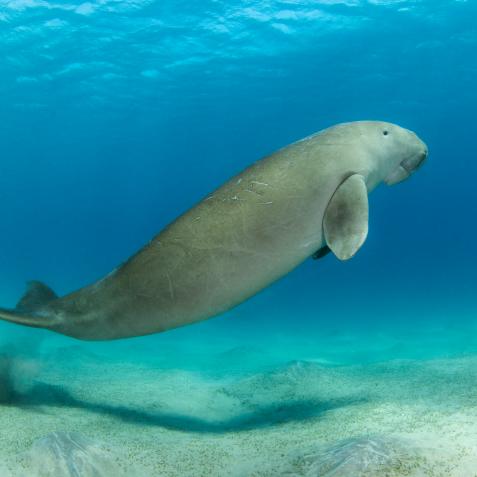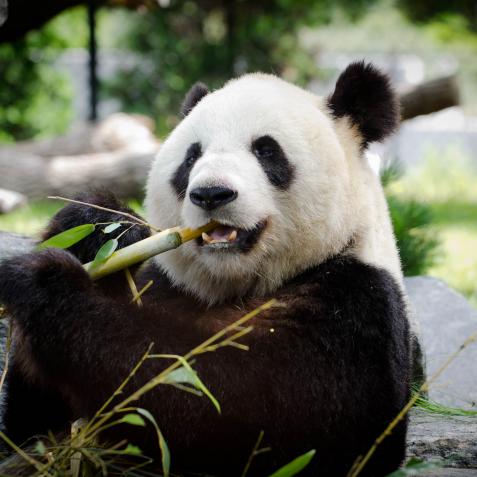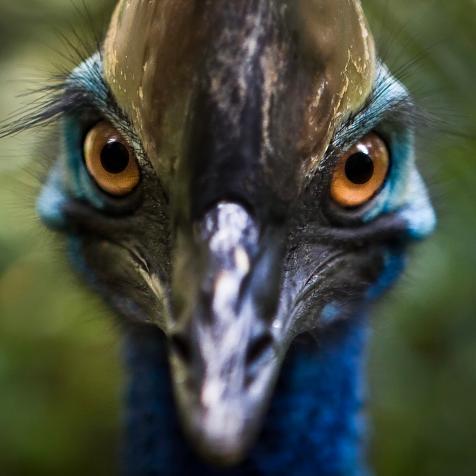
Photo by Global Wildlife Conservation
Silver-backed Chevrotain Photographed for the First Time in the Wild!
First-ever photos and footage of the silver-backed chevrotain, tiny deer-like creatures, have been photographed in Vietnam after an intense search.
The Silver-backed Chevrotain, a tiny deer-like creature about the size of a small rabbit, has been photographed for the first time in three decades in southern Vietnam. This comes as great news to conservationists who feared the species had been extinct. This species had remained out of sight for over 25 years, until Global Wildlife Conservation (GWC) and partners Southern Institute of Ecology and Leibniz Institute for Zoo and Wildlife Research rediscovered the species in November of 2019.
Also known as the Vietnam mousedeer, the silver-backed chevrotain is about the size of a small cat or rabbit. Chevrotains lack horns and antlers, but have tusk-like incisors, which are visible in the discovery footage. Researchers thought this mysterious animal, which had been among a list of 25 most wanted lost species gathered by GWC, had fallen victim to habit loss--a major factor in the decline of this species. But a more significant threat has been the intensive hunting for the illegal wildlife trade, which is bringing many animals to the brink of extinction.
With the help of local villagers and government forest rangers who were able to recognize the silver-back chevrotain, the field teams were able to pin-point locations to set three camera traps to capture the elusive animal. This resulted in about 275 photos of the species. The team then set up 29 cameras in the same area, this time capturing over 1,881 photographs of the chevrotain within a five-month period.
More Photos of the Vietnamese Mouse-Deer
See All Photos“The rediscovery of the silver-backed chevrotain provides big hope for the conservation of biodiversity, especially threatened species, in Vietnam,” said Hoang Minh Duc, head of the Southern Institute of Ecology’s Department of Zoology. “This also encourages us, together with relevant and international partners, to devote time and effort to further investigation and conservation of Vietnam’s biodiversity heritage.”
It is only the beginning with the rediscovery of the silver-back chevrotain. “It is an amazing feat to go from complete lack of knowledge of the wildlife of the Greater Annamites 25 years ago, to now having this question mark of the silver-backed chevrotain resolved,” said Barney Long, GWC senior director of species conservation. Researchers will use the information gathered to develop and implement a conversation action plan to enforce the protection of this species, beginning at the site of its rediscovery.
The silver-backed chevrotain is the first mammal rediscovered under the Global Wildlife Conversation program. This initiative strives to find more species that have gone missing to science and work to protect them.





















